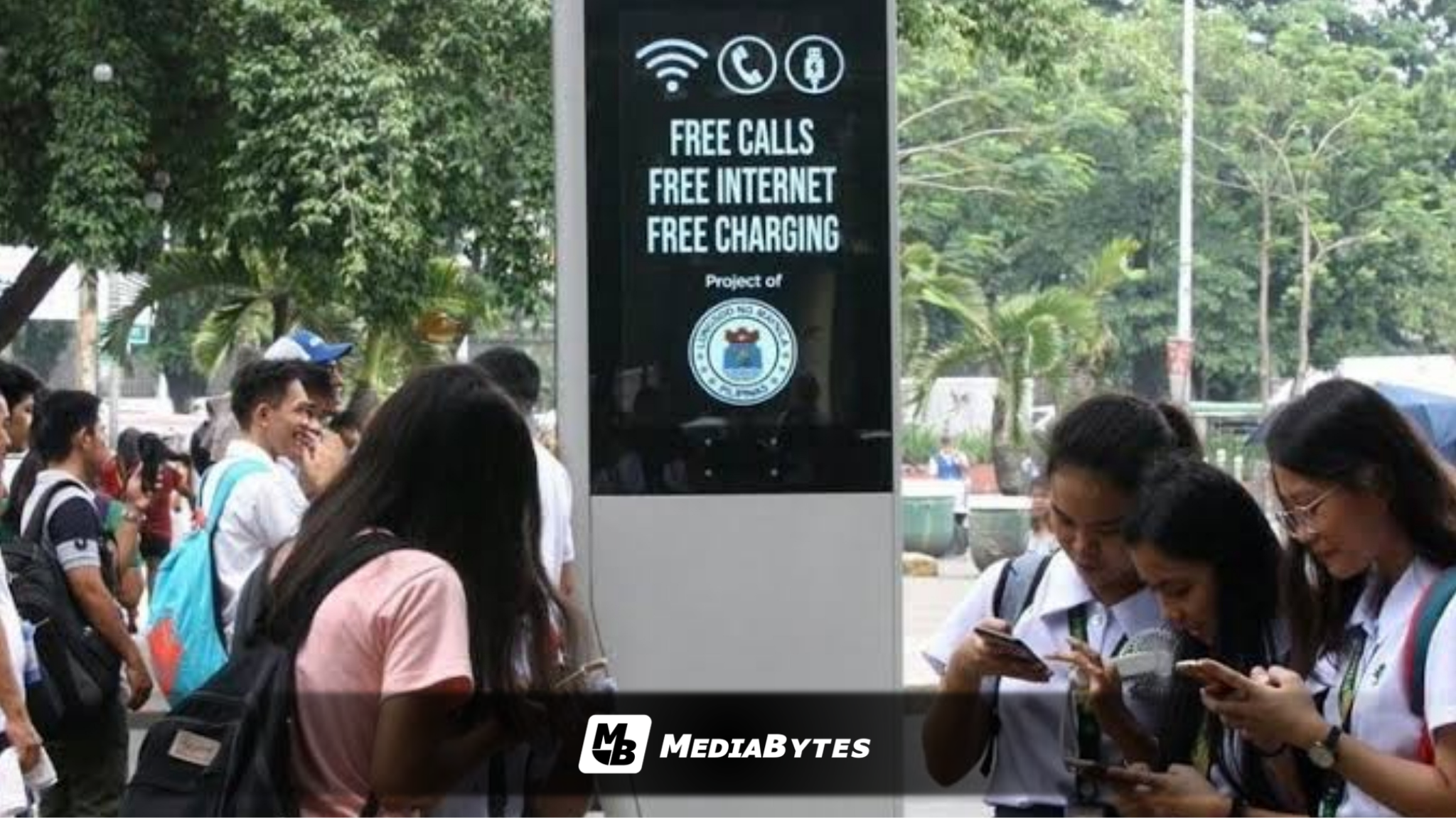The Palace confirmed that the Konektadong Pinoy Bill—a measure designed to expand internet access, cut connectivity costs, and eliminate bureaucratic roadblocks—has officially lapsed into law after no action was taken within 30 days of its transmittal to Malacañang.
The new law opens the data transmission sector to new and smaller players without requiring a legislative franchise or a Certificate of Public Convenience and Necessity—two hurdles critics say have long stifled competition.
In March, the Department of Information and Communications Technology (DICT) said the measure would dismantle outdated laws “that [have] stifled competition and innovation for years.”
Welcoming the development, DICT Secretary Henry Aguda vowed to fast-track its rollout. “By making internet access truly universal, we are creating a foundation for better education, e-commerce growth, accessible government services, and stronger communities,” he said on Sunday. “The President’s vision is clear: no Filipino should be left behind in the digital age.”
The DICT, co-leading the process with the Department of Development (DepDev), must finalize the law’s Implementing Rules and Regulations (IRR) within 90 days.
But the law is already facing resistance. Some groups and major telco firms flagged cybersecurity risks and questioned the removal of the legislative franchise requirement.
PLDT, one of the country’s largest telecom providers, signaled it may challenge the law’s constitutionality. “You cannot ask us to open all our assets to your access and deprive our subscribers of the infrastructure that we built for them,” said PLDT Senior Vice President and Senior Legal Advisor to the Chairman Marilyn Victorio-Aquino during the company’s August 12 financial briefing.
She warned that the law could open dangerous gaps: “Because within the first two years of Open Access, the data service providers can access our assets without cybersecurity clearance.”
President Ferdinand “Bongbong” Marcos Jr. earlier certified the measure as urgent to “facilitate the development of robust and resilient communications infrastructure.”



